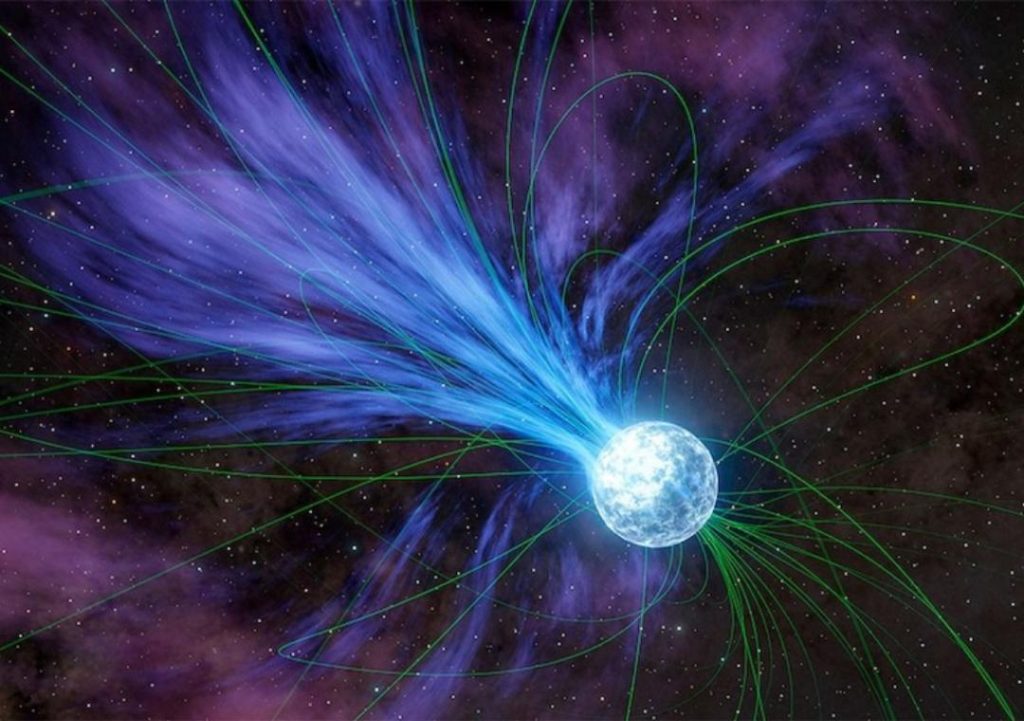
Gold & Platinum Created through Neutron Stars’ Explosions: Study
For centuries, humans have been fascinated by the origins of precious metals like gold and platinum. Where do these valuable elements come from? The answer to this question has long been a topic of debate among scientists and scholars. Recently, a groundbreaking study led by Columbia University student Anirudh Patel has shed new light on the creation of these precious metals.
According to the study, magnetars or highly magnetized neutron stars played a crucial role in creating elements like gold and platinum in a cosmic event that occurred over 20 years ago. These magnetars, which are essentially incredibly dense stars, exploded and released flares that contained these precious metals. The explosions, which occur approximately once per decade in the Milky Way and annually across the observable universe, are a significant step forward in our understanding of the origins of these valuable elements.
But how did these magnetars create gold and platinum? The process involves a complex series of events that occur when a magnetar explodes. When a magnetar explodes, it releases an enormous amount of energy in the form of radiation, including gamma rays, X-rays, and ultraviolet light. This radiation is so intense that it can strip away the electrons from atoms, creating a plasma of positively charged ions.
As this plasma travels through space, it interacts with other elements, such as iron and nickel, which are abundant in the universe. Through a process known as nucleosynthesis, the elements in the plasma combine to form new, heavier elements, including gold and platinum.
Nucleosynthesis is a process that occurs when atomic nuclei combine to form new, heavier nuclei. This process is responsible for the creation of many of the elements in the universe, including the heavier elements like gold and platinum. In the case of gold and platinum, nucleosynthesis involves the combination of iron and nickel nuclei with other elements, such as carbon and oxygen, to form the heavier elements.
The study led by Anirudh Patel used data from NASA’s Fermi Gamma-Ray Space Telescope to analyze the radiation emitted by magnetars during their explosions. By studying the spectra of the radiation emitted by these explosions, the researchers were able to identify the presence of gold and platinum in the plasma.
The discovery of gold and platinum in the explosions of magnetars has significant implications for our understanding of the origins of these precious metals. For centuries, humans have believed that gold and platinum were created through geological processes, such as the movement of tectonic plates and the interaction of magma with the Earth’s crust. However, the discovery of these elements in the explosions of magnetars suggests that they may have been created through a different process, one that involves the interaction of radiation and matter in the universe.
So, where did the precious metal gold come from? The answer is no longer a mystery, thanks to NASA’s Fermi Gamma-Ray Space Telescope. The study led by Anirudh Patel provides a new and exciting perspective on the origins of gold and platinum, and highlights the importance of continued research into the mysteries of the universe.






